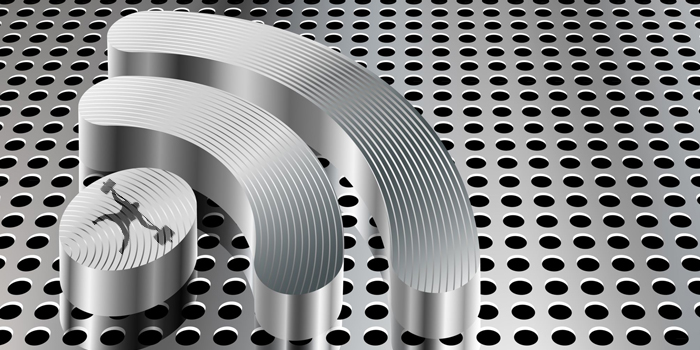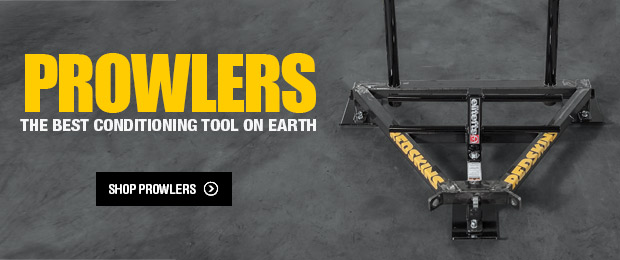
It’s not every day you get to interview the only strength coach who’s won a championship in both the NFL and NBA. But that’s my day, and I took a couple of hours interviewing the one and only Al Vermeil.
What hasn’t the guy done? He’s coached not only in the NFL and NBA but also the MLB! It’s no wonder he’s a living legend.
How did you get into coaching? (1:30)
Al got his start by lifting weights as a college football player in the 1960s at Utah State and was asked to run some off-season training at a high school. After that, he got his masters degree at Kansas State and returned to coaching high school teams again.
When Al himself was still a high schooler, he was a track and field athlete, which he says made him willing to try and combine things. For example, he decided to do weight training and jumps at the same time, which is now called “complex training.”
His career exemplifies the old saying about “it’s not what you know, it’s who you know,” though Al sure knew a lot, too. A friend helped him get a job with the 49ers. Al coached there for four years, then left to start a business with his friend, where they trained police and firefighters for fitness.
During that time, he reconnected with a former student he coached at a high school. With the assistance of that student, Al created what he referred to as a “timing device.” The idea came from machines he saw while working with the 49ers. With that device, he tested efficiency, which nowadays would be known as reactive strength index. Twenty years later, Carmello Bosco came up with the vibration machine, and Al became friends with Carmello.
Impressed with what Al did, the Chicago White Sox hired him. Then, in 1985, Jerry Reinsdorf became the owner of the Chicago Bulls. Reinsdorf asked Al, “How about you come to Chicago and work for both teams?”
And so Al did — and not only did he work for both teams, but he continued to work on his timing device. It was ahead of its time. Unfortunately, Al didn’t have the money to market his creation or the material to do so. That didn’t stop him from using that device in training.
That’s how I got into it all. I was fortunate to meet people early in my career like Don Chu and we brought a guy over from San Francisco, Jimmy Schmidt from the Sports Palace who helped me with Olympic lifting, then we brought Russ Snip, the world record holder in the press at one time. When I was at the 49ers, I brought different people in. At the Bulls, I brought Carmello in, Hockington, Victor Lopez — was a good track coach — Ada Rice, Dragomir Cioroslan, Yuri Vardanyan... we spent more money every year on trying to get better knowledge than equipment. Once we got our equipment set, we brought Zatsiorsky in.
If you haven’t read Zatsiorsky’s Science and Practice of Strength Training yet, you should. Al calls it one of the best books ever written.
But he got to know and respect Zatsiorsky, who was impressed with what he called “the first training hall I’ve ever been in.” Before then, Zatsiorsky had been at Penn State, which mostly had Nautilus Machines.
Weren’t [Nautilus Machines] popular at the time? (14:20)
Al expresses contempt toward these machines and training to failure. To him, training to failure is just setting people up to fail.
The distain between him and Nautilus came up in an argument for an NFL program. His response?
"Move slow." And I said, "Good. Take a sprinter and have him go run the mile for a month and then go run the 100-meters. Go take your guys and run the 40s. If you want to be fast, train fast. If you want to be explosive, you’ve got to train explosive."
He believes all of “this crap” did more harm to strength and conditioning and that Nautilus Machines are good for one thing: if he had a boat, they’d make a great anchor.
Tell me about the recovery stuff. (19:27)
I don’t know if he heard me ask the question because Al went on a tangent about Carmello’s belief about high-intensity training, but that’s all right. I mean, this is Al Vermeil, after all.
He tells me stories about the people he’s trained and how he trained them.
Training on game day. (25:08)
Al’s a step ahead of me. I intended to ask him a question about training on game day, but he pretty much answers it for me.
What we found by training on game day in the morning at 10 o’clock is that they felt more explosive and ready at night, to play.
What would that early morning workout consist of? (25:50)
Athletes would do 20-30 reps of high-intensity jumps, an explosive movement, a clean snatch, push-press, maybe a pull, or a few squats.
You talked about tempo runs; could you go over the recovery medicine ball sub-maximal throws? (28:31)
I finally caught Al at the end of a sentence and pause, so I tried to get him back on track to answer my recovery question.
Al likes them because they’re great for the overall body — as we call it nowadays, it works “the core,” a term Al is not a fan of.
What trends do you think are going the wrong way? (28:58)
He really does not like “the core.” It’s brand-new, and anytime we do anything, we use the core. It’s a meaningless word for particular parts of the body.
If you want to know something, go to the originators, not the impersonators.
To learn more about “the core,” Al went to Australia to listen to lectures and talk to a manual therapist about “the core.” And as it turns out, exercises for the core are usually meant for people who hurt their backs. It’s about timing. If your back isn’t hurt, then why are you wasting your time trying to work “the core”?
You’ve got to also know the where, the specifics of the area. Generalizing isn’t helpful to you or your body. Now “the core” is something that the industry has bastardized into a general, meaningless term.
That doesn’t mean that he’s against core training. He just needs a reason for someone to do core training. If you don’t need it, then why train it?
Are there any other trends you want to cover? (45:37)
When there’s a new trend, people tend to hop on board. Al’s no exception to that. Whenever there was something new to try out, Al tested it himself.
But before implementing something new into any programs, he’d go to the experts who’d refer him to other experts. It’s why he brought experts into his programs. If he didn’t know about something, he’d bring in someone who did and knew it well.
There’s nothing new out there. The only thing that’s new... if you’re inexperienced, there’s nothing new. You haven’t learned it yet.
What’s new for Al is sports science, especially when it comes to speed. He reads as much as he can about speed, and there’s a lot of good research out there. But if he ever has a question, he’d phone a friend. There’s no shame in that, or at least not for Al. If he’s wrong, he’s wrong, and then he changes his perspective.
Why do you start with a smaller amount of volume, like a reverse periodization, and go a little further? (56:18)
Al asks me if I go right to the heavy weights when I go into the weight room. I don’t.
So why would someone do the same for running? He looks at running like lifting. Ten yards is 70 percent. Twenty yards is 80 percent. Twenty to thirty yards is 90 percent.
It’s the same graduation of intensity.
Differences in lifestyles affect strength and conditioning and injuries (1:01:05)
When he was younger, Al grew up in the country. He played in plowed fields, ran along creek beds, and climbed and jumped down from trees. Everyone had guns and went hunting together.
Based on these experiences and his observations, Al thinks that nowadays, people don’t adjust nearly as easily — as kids, they were already conditioned. He remembers a game of tag he used to play with neighbors that required the person who was “it” to squat. People knew how to squat; they never had to learn how to squat.
As a result, he thinks his generation was less prone to injury compared to the younger ones who didn’t live the way he did.
I’d love to read some more studies like that, but Al tells me to look at who’s doing the research. It could be biased and sponsored by a certain organization.
Al also compares how football looked when he was in high school compared to now — and those differences also affected football injuries.
Are there any calf exercises you want to share? (1:23:10)
Back in the ‘90s, Al came up with something he called “ankle pops.” After doing some calf raises, you get up all the way up on your toe, as your heel starts to drop, you stop it as fast as you can and pop back up on your toe.
Did you ever do any loaded sprint exercises, like sleds? (1:25:02)
When he was a kid, Al ran uphill and downhill while towing and suggests doing that on a gradual hill. You don’t need to put down a ton of weight because you’ve got to be careful of how much you change someone’s rhythm.
As for sled pushes, Al’s not a fan because you’re not using your arms.
What are your strength standards? (1:30:45)
Optimally, he likes to use double body weight as a standard for strength when taking speed into consideration. But that’s only for people who are able to do that, and not everyone is. Some people are outliers and you can’t rely on double body weight as a standard for everyone.
If you had to pick one exercise for your athletes (in football), what would it be? (1:35:52)
For him, it’d be the sprint. He could load it by running uphill or by loading a sled. It’s versatile in a lot of different ways.
As a back-up option, he’d choose the squat for strength.
The third exercise would be the Olympic lift.
Maybe it’s cheating, but Al also says he wouldn’t mind mixing exercises together.
How did you create so much buy-in to what you’re doing? (1:41:05)
I don’t know. I’d say my charming personality, but my wife would fall over dead.
More seriously, he says it’s because he believed in what he was doing and athletes could see it. He wasn’t a phony. He wasn’t their friend. All credit went back to the athletes. It was never, ever about him.
What do you think about the modern strength and conditioning field? (1:48:41)
There’s not enough sprinting. That’s the big difference between today’s strength and conditioning and Al’s heyday. There is not enough sprinting today.
For football, he doesn’t see people playing athletes both ways. That’s something he did, and he doesn’t see it enough.
That’s the change of direction he wants to see again, both in a training session and in strength and conditioning.










